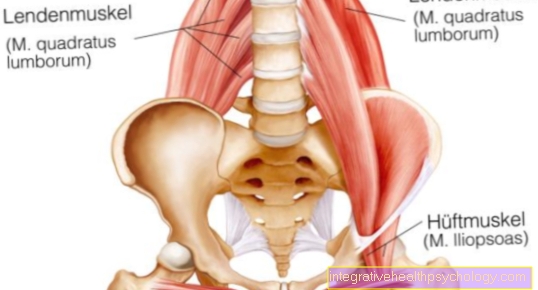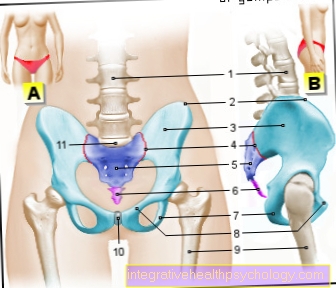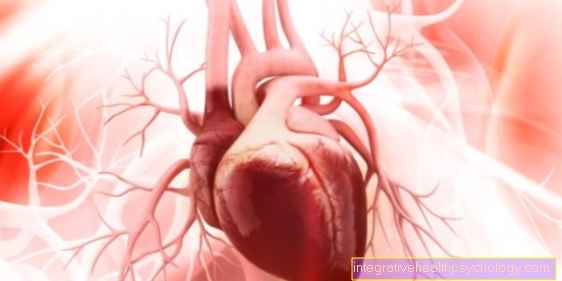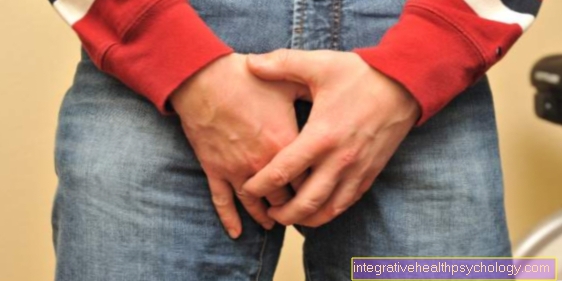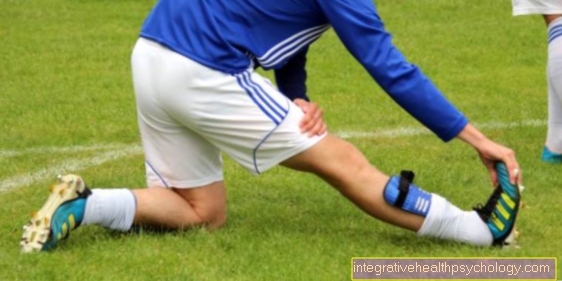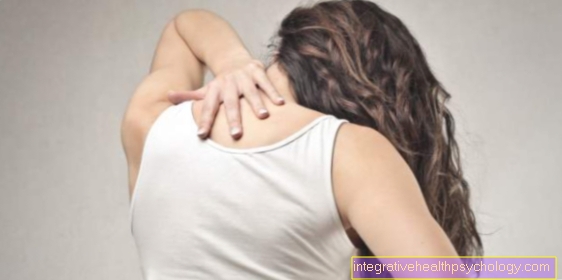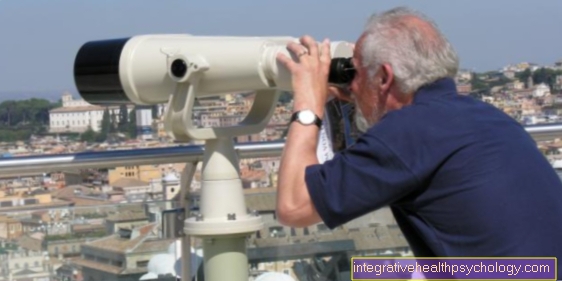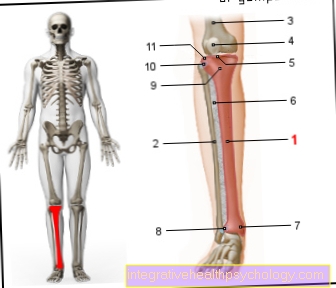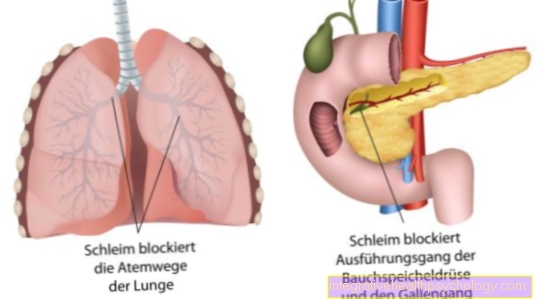Reflexes of a baby
definition
When a child is born, it is already equipped with a number of innate reflexes that are intended to ensure survival, especially in infancy. They serve as a natural protective function to maintain vital body functions. Some of these reflexes disappear in the course of the first few months of life and others remain throughout life.
In the early childhood reflexes one speaks of innate, involuntary reactions that cannot be controlled and are triggered by a certain stimulus. They are not individual, but follow the same pattern for every person.
Read more on the topic: Reflexes

General reflexes at birth
Immediately after birth, the baby is given some innate protective mechanisms in the form of reflexes that are supposed to ensure the baby's survival. Most early childhood reflexes disappear again during the first few months of life and are replaced by complex, coordinated sequences of action. That is why they are regularly checked by the pediatrician during the first preventive medical check-ups. They are a good parameter for assessing child development and maturation. If the reflexes only disappear incompletely or too late, this can lead to far-reaching developmental disorders.
The search reflex is one of the reflexes that are already present at birth. From birth, babies are shaped to have sufficient food intake. Therefore, instinctively, they begin to look for the mother's breast. If you lightly stroke the baby's cheek, it will begin to turn in the direction of the stimulus, opening its mouth and sucking. Once the baby has found the breast, the also innate sucking and swallowing reflex is immediately triggered. If something is put in the baby's mouth, for example a pacifier or the mother's nipple, it immediately begins to suck and swallow. This ensures that food intake is satisfactory.
Another reflex in early childhood is the grasping reflex. If you stroke the palm of the hand of the baby, it closes its fingers and grabs. Only in the course of the first few months does this already innate reflex develop into a trained course of action.
The respiratory protection reflex is another important reflex that is fully developed in the first days of life. This reflex ensures that no water enters the child's lungs. If the baby's mouth and nose come into contact with water, the upper airways are immediately blocked. Since this reflex only takes effect in the first months of life, so-called baby swimming is only possible for a relatively limited period of time.
Further reflexes for checking the sense of balance are the Moro reflex and the asymmetrical tonic neck reflex. Another reflex that can also be triggered immediately after birth is the glabellar reflex. After tapping the glabella, i.e. the bony bulge between the eyes and above the bridge of the nose, the baby rules by closing the eyes.
Read more about this under The stages of early childhood development
General reflexes at 3 months
The early childhood reflexes such as the search or the Moro reflex disappear again after the first 3 months of life.
A reflex that lasts until around 6 months old is the asymmetrical tonic neck reflex. This is an innate reflex that helps keep babies balanced. If the head is tilted to the right, the right arm and leg are reflexively extended while the left extremities are drawn in. If this reflex does not disappear by the age of 6 months, there is a risk that the child will develop imbalance while crawling and walking.
Another reflex found in babies at 3 months old is the crying reflex. If you hold the baby upright by both arms and place it on the soles of the feet, it instinctively reacts with step movements. In addition, the baby can really support itself with its legs. The grip reflex and the respiratory protection reflex also persist within the first 3 months and, in addition to the protective function, also serve to assess and assess the child's development. Another reflex that is particularly pronounced in the first 3 months is the swimming reflex. When the baby is held horizontally in the water, it immediately begins swimming-like movements in order to be able to stay afloat.
Please also read our topic on this Development in the baby.
General reflexes at 6 months
By the end of the 6th month of life the Moro reflex should be completely extinguished.
The Babinski reflex is an early childhood reflex that can still be triggered at 6 months and does not suggest any pathological change. After wiping the sole of the foot, the big toe is stretched and the other toes are bent in the opposite direction. Usually this goes away in the first year of life. With persistence, there is a risk that it will be difficult to learn the movement sequences while running. In later life, a positive Babinski can speak for damage to the central nervous system.
Another reflex that can be observed from the 6th month of life is the so-called switching burn reflex. If the waist of a baby is gripped and is held in a prone position, the arms are stretched out and supported when the head is lowered. Thus, your own body weight can be supported and a possible fall with injuries can be prevented.
The standing reflex can also be observed in babies of this age. When pressure is applied to the sole of the foot, the leg is stretched; with the attempt to straighten up independently.
You might also be interested in: U5 examination - you should pay attention to this!
Moro reflex
The Moro reflex is an innate clinging reflex that is supposed to protect the newborn baby from falling. This is a reflex reaction to a startle that arises within the 9th week of pregnancy and stops again when the child's nervous system matures in infancy of 2-4 months. The stimuli that trigger the reflex can be very different. These include, for example, acoustic or visual stimuli or changes in position. It is also triggered, for example, by tilting the baby from a sitting position to the supine position.
In response to this frightful situation, the child's mouth is opened, the arms are raised and the fingers are spread. In the second phase the mouth closes again, the fingers are bent with a fist and the arms are brought together in front of the chest. This body reaction can often be observed during sleep. In the context of pediatric medical check-ups, the Moro reflex is used to assess proper child development.
If the Moro reflex cannot be triggered on both sides, this may indicate, for example, an upper arm plexus paralysis on the side that has not moved. If it persists after the 4th month of life, it can lead to serious developmental damage. In these cases, motor and development-specific treatment should be initiated so that secondary diseases such as ADHD can be counteracted.
Blow on
If you blow on a baby or get a draft of wind, it usually reacts reflexively by holding its breath and squinting both eyes. This is an innate, not arbitrarily controllable reaction that persists in the first months of life and represents a protective mechanism that is very similar to the respiratory protection reflex. Often the parents also use blowing on specifically so that screaming babies, who simply cannot be calm down, are briefly interrupted in their crying fit.
Scare
Inborn reflex movements are often triggered as a result of situations and stimuli that trigger a child's fright. They are supposed to exercise a protective function to shield the child's body and to deflect the possible danger that could affect it from outside. An early childhood reflex that occurs in infants in the first few months of life after they have been frightened in various ways, for example in the form of optical or visual stimuli, is the Moro reflex. The baby's mouth is torn open, the arms are stretched up and then brought in front of the chest with clenched fists.

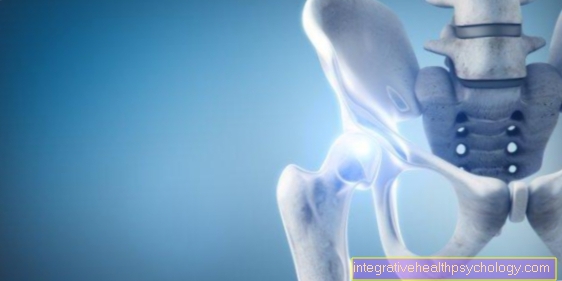
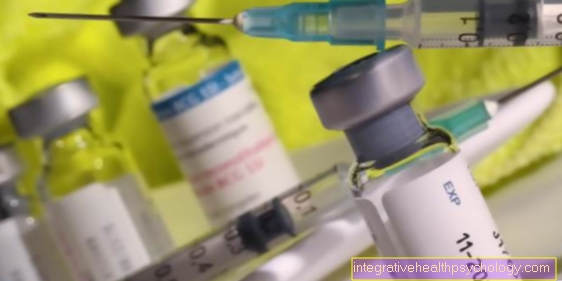
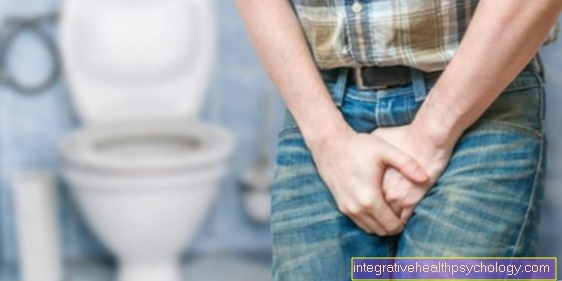
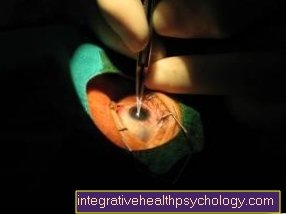




.jpg)

